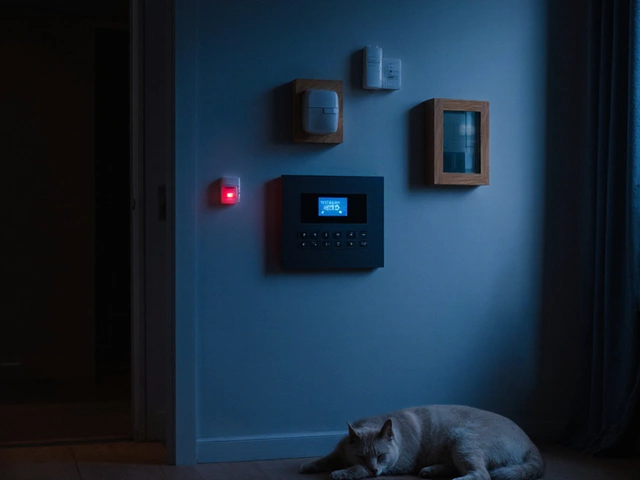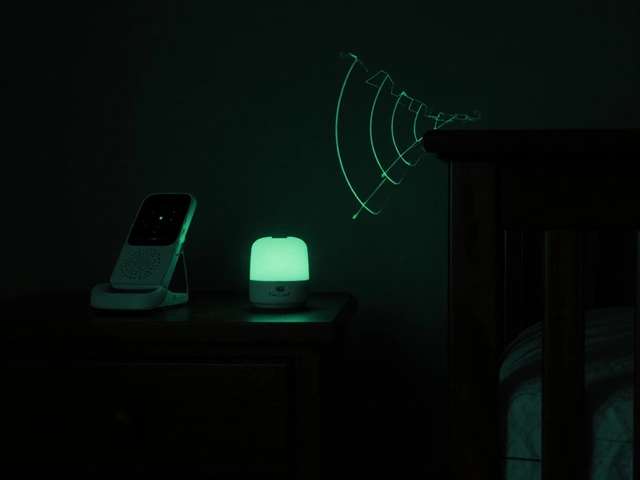Neighbour's Dog and Your Home Security: Practical Tips You Need
Ever notice your video doorbell going off every time the neighbour’s pooch darts across the porch? It’s annoying, and it can mask real threats. Below are straightforward ways to stop a barking dog from messing with your security.
Why Dogs Trigger Doorbell Alerts
Most smart doorbells use motion sensors that react to any movement. A quick‑moving dog can look just like a person, especially in low light. If the sensor isn’t calibrated, you’ll get dozens of false notifications each week. Those alerts waste time and can make you ignore a genuine visitor.
Another reason is the sound sensor. Some doorbells also listen for knocks. A dog’s bark or a sudden dash can generate a sound spike that the device mistakes for a knock.
Simple Adjustments to Reduce False Alarms
1. Change the motion detection zone. Most apps let you draw a box around the area you actually want to watch. Trim the zone to exclude the driveway or garden where the dog usually runs.
2. Lower the sensitivity. If your doorbell lets you set sensitivity levels, move it a notch down. The sensor will still pick up a person, but a quick‑moving animal won’t set it off.
3. Use a pet‑friendly mode. A growing number of brands have a “Pet Immunity” setting that ignores motion under a certain height—perfect for a medium‑size dog.
4. Add a physical barrier. A low fence or decorative plant can keep the dog from crossing the detection line, while still letting you see the front door on camera.
5. Update firmware. Manufacturers often improve motion algorithms. Keeping your device up to date can reduce false triggers automatically.
These tweaks usually cut false alerts by more than half, freeing you to focus on real security events.
Legal and Privacy Side of a Neighbour’s Dog
In the UK, you have a right to protect your property, but you also need to respect privacy laws. If the neighbour’s dog repeatedly gets captured on video, they might claim an invasion of privacy, especially if the footage shows their garden or private moments.
Most courts look at whether the camera is aimed at a public area (your front door) or a private space (backyard). Keeping the camera’s view focused on the entrance and not the neighbour’s yard helps you stay on the safe side.
If the neighbour complains, start with a friendly chat. Explain that you’re adjusting the settings to stop false alerts and that you’re not trying to spy on them. Most people appreciate the effort and will cooperate.
Should tension rise, you can refer to the Data Protection Act 2018, which says you must process video footage fairly and only for security purposes. Document any changes you make to show you’re acting responsibly.
Overall, a neighbour’s dog shouldn’t become a security headache. By tweaking your doorbell settings, adding simple barriers, and staying respectful of privacy, you keep your home safe without stepping on anyone’s toes.
Need more help? Our team at Birmingham Security Command Center can audit your system, suggest the best pet‑friendly devices, and ensure you stay compliant with UK law. Reach out for a quick, free check‑up—peace of mind is only a call away.




